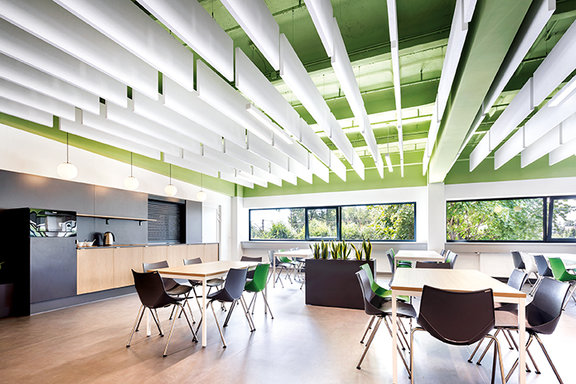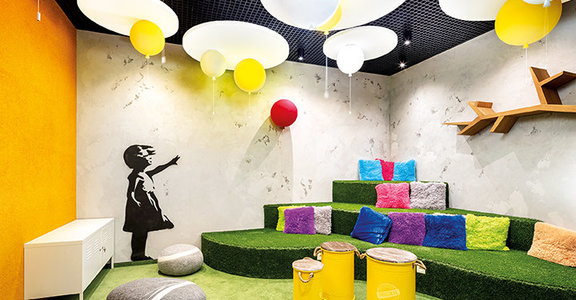
Creating a Positive Impact
An architect’s role can often be undervalued as simply focusing on visual stimulation, leaving the functionality of a project to engineers.
However, good architecture goes beyond aesthetics. Creating a building that is interesting to look at is only part of the challenge; creating one that works in harmony with those who use it is the complete picture.
“We shape our buildings, and afterwards our buildings shape us.”
Well-designed for Better Well-being
By carefully considering the practicalities of a space, good architecture can make a building’s purpose understood. The way a building is designed and formed has a significant impact on our thoughts, our emotions and our well-being.
A term most of us are familiar with today is ‘wellness’, with an approach to achieving it largely consisting of mundane tasks such as clean eating and mindfulness. Something that is often less considered is the concept of wellness architecture, and as we spend most of our lives indoors, the toll that environments have on our well-being needs to be addressed.

A leaf out of nature’s book
Biophilia is the human tendency to interact with the natural world. This strong connection has proven benefits, such as helping office workers be more productive, encouraging children to learn and helping hospital patients get better. From natural light and green spaces, to the use of organic materials, developments in science and attitudes to design have resulted in spaces that can blend our modern day technology with the wholesome effects of the natural world.
Furthermore, consumers are becoming increasingly aware of the presence of chemicals and toxins in materials that we are exposed to daily, making a conscious effort to choose healthier materials. By selecting materials that don’t harm humans or the planet, natural elements such as wood are embraced, sitting perfectly with the approach of biophilic architecture.

Look up, looking forward
When it comes to wellness and social functions, what’s above you plays a larger role than you may give credit for. By choosing a ceiling in a natural material — one that changes the parameters of a space, or one that can alter the acoustic and thermal attributes — you can determine the functionality of a space.
Successful architecture is the seamless overlap between the social and the practical, with a large proportion of an architect’s role being to improve relationships. By designing a space that allows everyone to communicate, concentrate, resonate and grow, you are bringing people together. You are creating social unity and forging a better world for future generations.